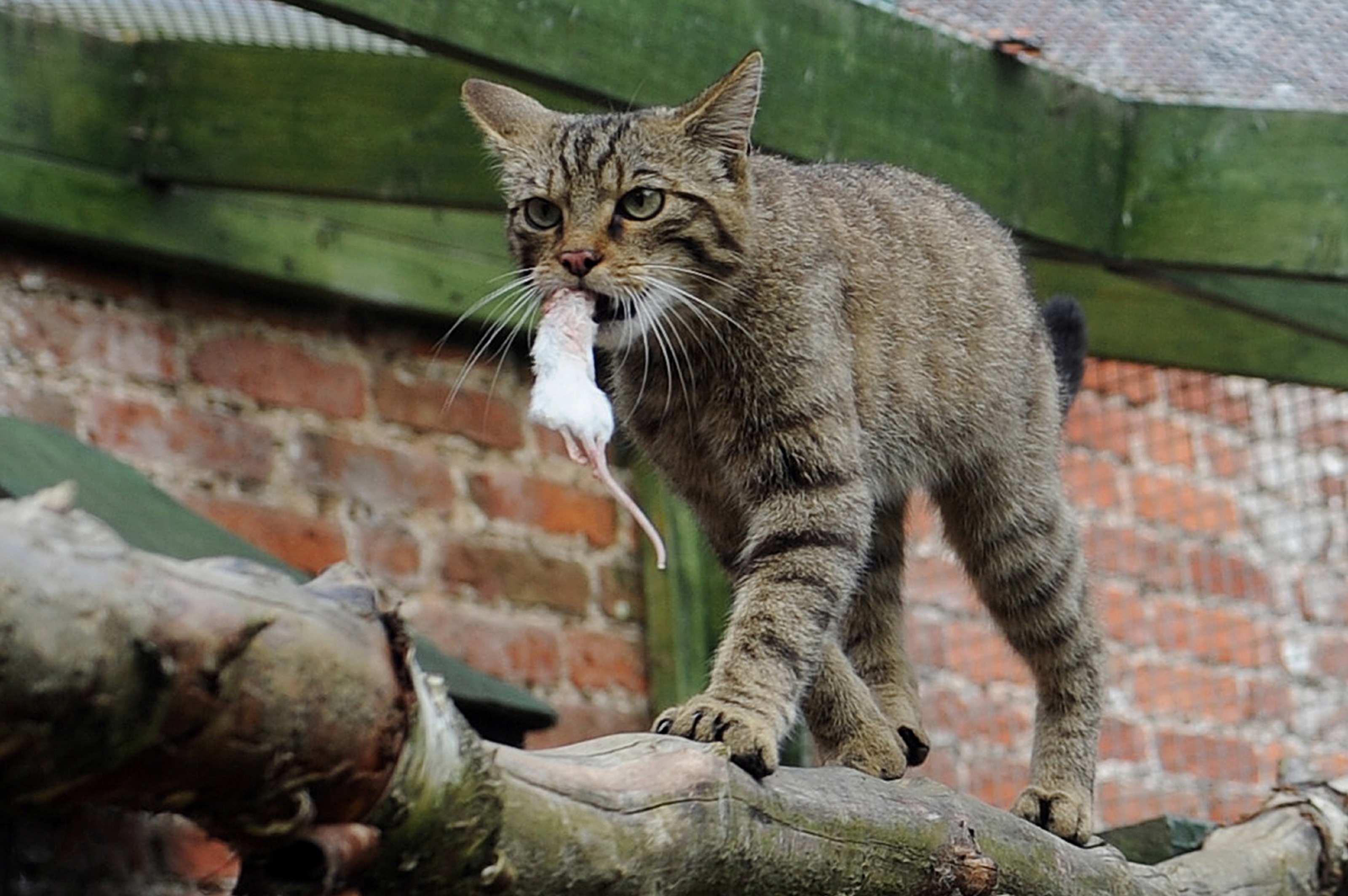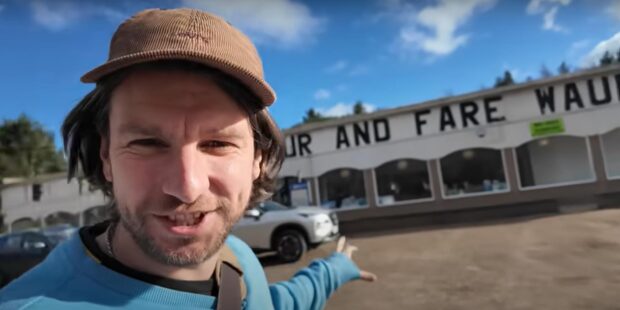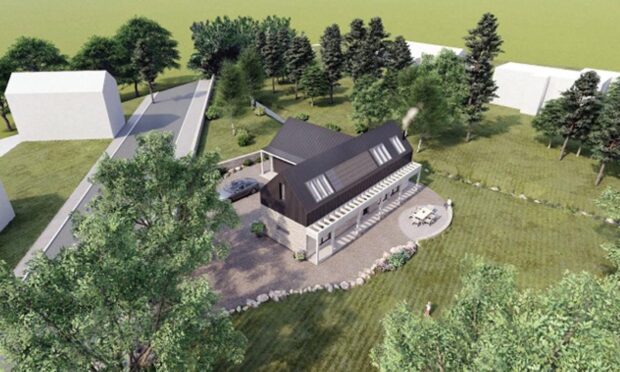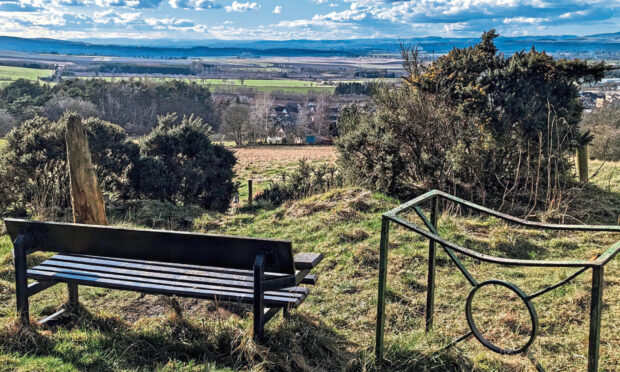A contractor is being sought to trap feral cats in the Angus Glens to save the dwindling wildcat population.
In order to protect the remaining wildcats, the project team aims to trap, neuter and vaccinate un-owned domestic cats and obvious hybrids before re-releasing them into the wild under licence from Scottish Natural Heritage.
The job advert follows the biggest-ever Scottish wildcat survey which was conducted in five priority areas including the Angus Glens.
Scottish Wildcat Action set up 347 cameras in five areas in the Highlands, Aberdeenshire, Moray and the Angus Glens, to record data over a 60-day period.
More than a third of the cameras captured images of cats, most of which turned out to be feral cats or hybrids.
A spokesman for Scottish Natural Heritage said: “One of the major threats to our dwindling Scottish wildcat population is cross-breeding with feral cats which may also pass on disease.
“Last winter we conducted the biggest-ever Scottish wildcat survey in five of our wildcat priority areas including the Angus Glens.
“We found evidence of wildcats from the trail-camera data but we were also concerned to see they were living whisker to whisker with feral cats and obviously hybridised cats.
“This cross-breeding must be stopped if the Scottish wildcat is to survive as a distinct species.
“We are now launching a significant step forward in our goal to secure the species’ future by seeking a contractor to conduct targeted trapping of feral cats and obvious hybrids in the Angus Glens this winter.
“These cats will be taken to local veterinary clinics, neutered and vaccinated before being returned to the point of capture.
“This work will ensure these cats do not breed with or pass disease to wildcats living in the area. This process is known as trap, neuter, vaccinate and return (TNVR).
“The work will be carried out to the highest standards of welfare.
“We will be using data from last winter’s trail-camera survey combined with up-to-date trail-camera monitoring to effectively target the trapping effort, ensuring the chances of capturing wildcats unnecessarily are minimised.”
Earlier this year a possible sighting of a Scottish wildcat was made by a gamekeeper on a grouse moor in the Angus Glens.
Bruce Cooper, a member of Angus Glens Moorland Group, was checking CCTV when he saw the cat’s distinctive markings.
Conservationists at one time believed there were only 35 wildcats remaining in Scotland. Along with raptors, the animals are enshrined in national guidance, forbidding the development of wind farms near sensitive sites.
And the presence of wildcats has been a crucial factor in the argument some campaigners have made against wind farms in the glens.










